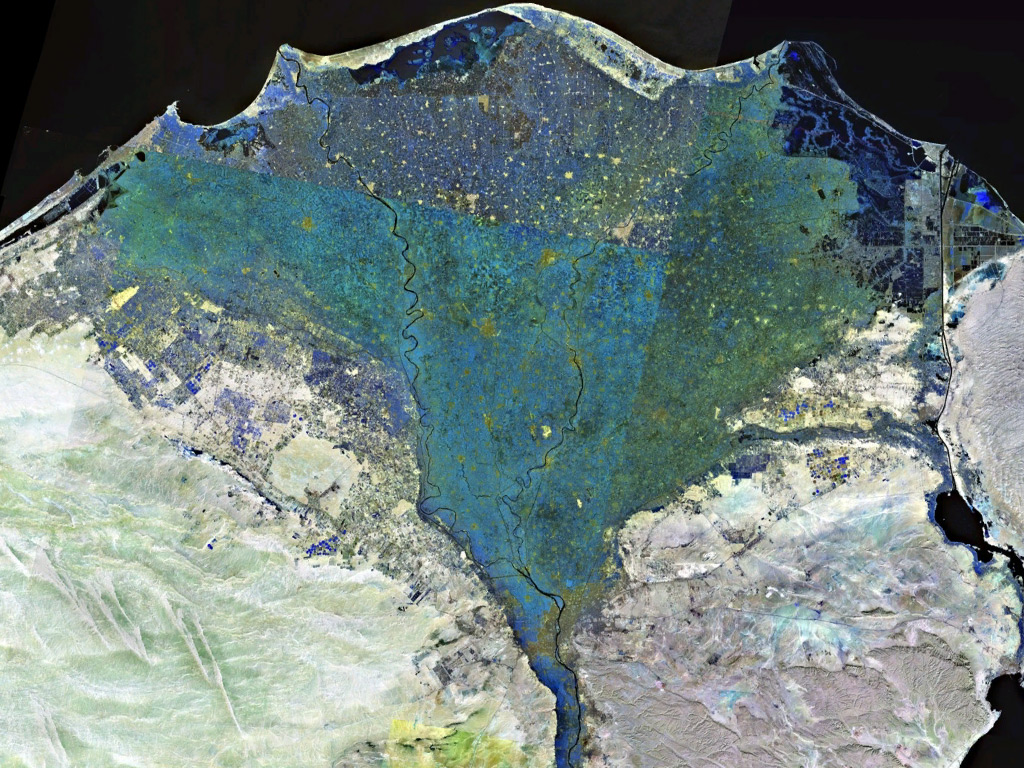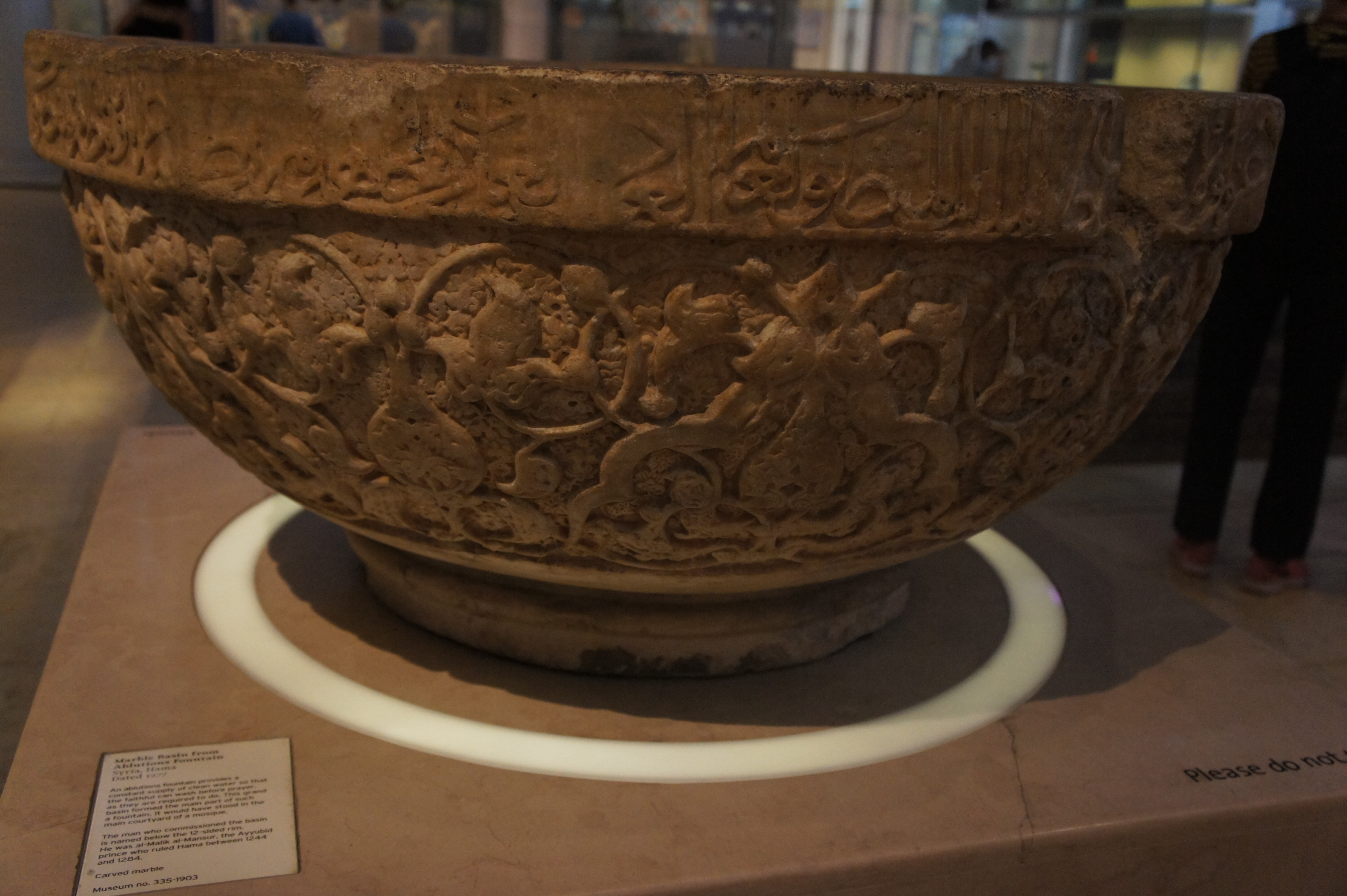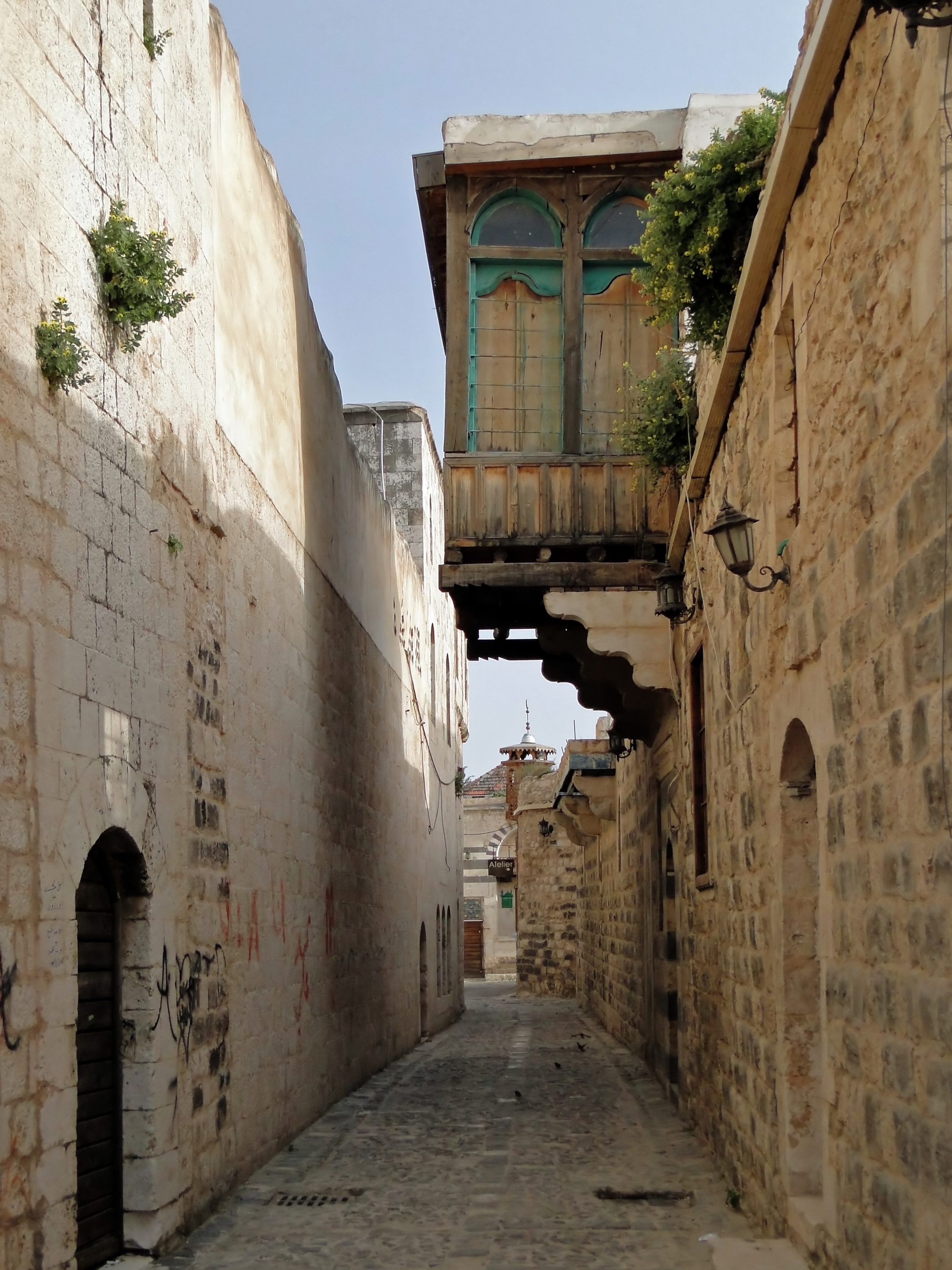|
Battle Of Al-Kura
The Battle of al-Kura ({{Langx, arz, معركة الكورة) was a military clash in medieval Egypt between an army of the Mamluks ruling Egypt and an army of the Ayyubids ruling Syria. The battle occurred on February 2, 1251, on a stretch of land called al-Kura, near the town of al-Salihiyya on the eastern edge of the Nile Delta. Background With the assassination of the Ayyubid Sultan of Egypt al-Mu'azzam Turanshah by his own military slaves (Mamluks) in May 1250, Ayyubid rule in Egypt was ended. The Mamluks now took power themselves; their first sultan was al-Mu'izz Aybak. In Syria, however, the Ayyubids were able to assert themselves in the person of Sultan an-Nasir Yusuf. He was not prepared to accept the change of power in Egypt and, as a descendant of the dynasty's founder Saladin, claimed the throne in Cairo. However, according to the tradition of the historian Ibn Wasil, Sultan an-Nasir Yusuf was not of a particularly warlike nature and tried to avoid a military confro ... [...More Info...] [...Related Items...] OR: [Wikipedia] [Google] [Baidu] |
Nile Delta
The Nile Delta (, or simply , ) is the River delta, delta formed in Lower Egypt where the Nile River spreads out and drains into the Mediterranean Sea. It is one of the world's larger deltas—from Alexandria in the west to Port Said in the east; it covers of the Mediterranean coastline and is a rich agricultural region. From north to south the delta is approximately in length. The Delta begins slightly down-river from Cairo. Geography From north to south, the delta is approximately in length. From west to east, it covers some of coastline. The delta is sometimes divided into sections, with the Nile dividing into two main distributary, distributaries, the Damietta and the Rosetta, flowing into the Mediterranean at port cities with the same names. In the past, the delta had several distributaries, but these have been lost due to flood management, flood control, silting and changing relief. One such defunct distributary is Wadi Tumilat. The Suez Canal is east of the delta ... [...More Info...] [...Related Items...] OR: [Wikipedia] [Google] [Baidu] |
Saladin
Salah ad-Din Yusuf ibn Ayyub ( – 4 March 1193), commonly known as Saladin, was the founder of the Ayyubid dynasty. Hailing from a Kurdish family, he was the first sultan of both Egypt and Syria. An important figure of the Third Crusade, he spearheaded the Muslim military effort against the Crusader states in the Levant. At the height of his power, the Ayyubid realm spanned Egypt, Syria, Upper Mesopotamia, the Hejaz, Yemen, and Nubia. Alongside his uncle Shirkuh, a Kurdish mercenary commander in service of the Zengid dynasty, Saladin was sent to Fatimid Egypt in 1164, on the orders of the Zengid ruler Nur ad-Din. With their original purpose being to help restore Shawar as the vizier to the teenage Fatimid caliph al-Adid, a power struggle ensued between Shirkuh and Shawar after the latter was reinstated. Saladin, meanwhile, climbed the ranks of the Fatimid government by virtue of his military successes against Crusader assaults and his personal closeness to al-Adid. A ... [...More Info...] [...Related Items...] OR: [Wikipedia] [Google] [Baidu] |
Jean De Joinville
Jean de Joinville (, 1 May 1224 – 24 December 1317) was one of the great chroniclers of medieval France. He is most famous for writing the ''Life of Saint Louis'', a biography of Louis IX of France that chronicled the Seventh Crusade.' Biography Son of Simon of Joinville and , and brother of Geoffrey de Geneville, Jean belonged to a noble family from Champagne. He received an education befitting a young noble at the court of Theobald IV of Champagne, including reading, writing, and Latin. On the death of his father in 1233, he became lord of Joinville and seneschal of Champagne (and was therefore personally connected to Theobald IV). He was a very pious man and was concerned with the proper administration of the region. In 1241, he accompanied Theobald to the court of Louis IX of France (the future Saint Louis). In 1244, when Louis organized the Seventh Crusade, Joinville decided to join with the Christian knights just as his father had done 35 years earlier against the ... [...More Info...] [...Related Items...] OR: [Wikipedia] [Google] [Baidu] |
Palestine (region)
The region of Palestine, also known as historic Palestine, is a geographical area in West Asia. It includes the modern states of Israel and Palestine, as well as parts of northwestern Jordan in some definitions. Other names for the region include Canaan, the Promised Land, the Land of Israel, or the Holy Land. The earliest written record Timeline of the name Palestine, referring to Palestine as a geographical region is in the ''Histories (Herodotus), Histories'' of Herodotus in the 5th century BCE, which calls the area ''Palaistine'', referring to the territory previously held by Philistia, a state that existed in that area from the 12th to the 7th century BCE. The Roman Empire conquered the region and in 6 CE established the province known as Judaea (Roman province), Judaea. In the aftermath of the Bar Kokhba revolt (132–136 CE), the province was renamed Syria Palaestina. In 390, during the Byzantine period, the region was split into the provinces of Palaestina Prima, Pal ... [...More Info...] [...Related Items...] OR: [Wikipedia] [Google] [Baidu] |
Emir
Emir (; ' (), also Romanization of Arabic, transliterated as amir, is a word of Arabic language, Arabic origin that can refer to a male monarch, aristocratic, aristocrat, holder of high-ranking military or political office, or other person possessing actual or ceremonial authority. The title has a history of use in West Asia, East Africa, West Africa, Central Asia, and South Asia. In the modern era, when used as a formal monarchical title, it is roughly synonymous with "prince", applicable both to a son of a hereditary monarch, and to a reigning monarch of a sovereign principality, namely an emirate. The female, feminine form is emira ( '), with the same meaning as "princess". Prior to its use as a monarchical title, the term "emir" was historically used to denote a "commander", "general", or "leader" (for example, Amir al-Mu'min). In contemporary usage, "emir" is also sometimes used as either an honorary or formal title for the head of an Islamic, or Arab (regardless of relig ... [...More Info...] [...Related Items...] OR: [Wikipedia] [Google] [Baidu] |
Homs
Homs ( ; ), known in pre-Islamic times as Emesa ( ; ), is a city in western Syria and the capital of the Homs Governorate. It is Metres above sea level, above sea level and is located north of Damascus. Located on the Orontes River, Homs is also the central link between the interior cities and the Mediterranean coast. Before the Syrian civil war, Homs was a major industrial hub with a population of at least 652,609 people in 2004, it was the third-largest city in Syria after Aleppo to the north and the capital Damascus to the south. Its population reflected Syria's general religious diversity, composed of Sunni and Alawite Muslims, and Eastern Christianity, Christians. There are a number of historic mosques and churches in the city, and it is close to the Krak des Chevaliers castle, a World Heritage Site. Homs did not emerge into the historical record until the 1st century BC in the Seleucid Empire, becoming the capital of a kingdom ruled by the Emesene dynasty who gave the ... [...More Info...] [...Related Items...] OR: [Wikipedia] [Google] [Baidu] |
Al-Mansur II Muhammad
Al-Mansur II Muhammad was the Ayyubid emir of Hama 1244–1284, son of al-Muzaffar II Mahmud and grandson of al-Mansur I Muhammad. He was the great-great grandson of Saladin’s brother Nur ad-Din Shahanshah. His mother was Ghaziya Khatun. Early years Al Mansur came to the throne at a time when the Egyptian Sultan As-Salih Ayyub was consolidating his power. In spring 1247 As-Salih Ayyub set out for Syria where he met emir Al-Ashraf Musa of Homs as well as Al Mansur. Both were young - Al-Ashraf Musa was eighteen and Al Mansur was just twelve - and new on their thrones. As-Salih Ayyub campaigned against his rival An-Nasir Yusuf of Aleppo but returned to Egypt to confront a new Crusader threat in 1249. Shortly afterwards he died. His son and successor Al-Muazzam Turanshah did not long outlive him and in 1250 the Ayyubid dynasty was overthrown in Egypt by the Bahri mamluks. Threats from Mamluks and Mongols The effect of this coup in Egypt was to make An-Nasir Yusuf of Aleppo ... [...More Info...] [...Related Items...] OR: [Wikipedia] [Google] [Baidu] |
Hama
Hama ( ', ) is a city on the banks of the Orontes River in west-central Syria. It is located north of Damascus and north of Homs. It is the provincial capital of the Hama Governorate. With a population of 996,000 (2023 census), Hama is one of the four largest cities in Syria, with Damascus, Aleppo and Homs, Also notably being the only Governorate with no land borders with any foreign countries, Hama is also known for its Cheese-making tradition, notably reflected in a signature local dessert Halawet el Jibn. The city is renowned for its seventeen norias used for watering the gardens, Which are claimed to date back to 1100 BC. Though historically used for irrigation, the norias today are purely for show for the local population. History The ancient settlement of Hamath was occupied from the early Neolithic to the Iron Age. Neolithic The stratigraphy is very generalized, which makes detailed comparison to other sites difficult. Level M ( thick) contained both white ware ... [...More Info...] [...Related Items...] OR: [Wikipedia] [Google] [Baidu] |
Muslim World
The terms Islamic world and Muslim world commonly refer to the Islamic community, which is also known as the Ummah. This consists of all those who adhere to the religious beliefs, politics, and laws of Islam or to societies in which Islam is practiced. In a modern geopolitical sense, these terms refer to countries in which Islam is widespread, although there are no agreed criteria for inclusion. The term Muslim-majority countries is an alternative often used for the latter sense. The history of the Muslim world spans about 1,400 years and includes a variety of socio-political developments, as well as advances in the arts, science, medicine, philosophy, law, economics and technology during the Islamic Golden Age. Muslims look for guidance to the Quran and believe in the prophetic mission of the Islamic prophet Muhammad, but disagreements on other matters have led to the appearance of different religious schools of thought and sects within Islam. The Islamic conquests, wh ... [...More Info...] [...Related Items...] OR: [Wikipedia] [Google] [Baidu] |
Gaza City
Gaza City, also called Gaza, is a city in the Gaza Strip, Palestine, and the capital of the Gaza Governorate. Located on the Mediterranean coast, southwest of Jerusalem, it was home to Port of Gaza, Palestine's only port. With a population of 590,481 people as of 2017, Gaza City was the most populous city in Palestine until the Gaza war caused most of the population to be displaced. Inhabited since at least the 15th century BC, Gaza City has been dominated by different peoples and empires throughout its history. The Philistines made it a part of their Philistia, pentapolis after the ancient Egyptians had ruled it for nearly 350 years. Under the Roman Empire, Gaza City experienced relative peace and its Port of Gaza, Mediterranean port flourished. In 635 AD, it became the first city in the Palestine (region), Palestine region to be conquered by the Rashidun army and quickly developed into a centre of Fiqh, Islamic law. However, by the time the Crusader states were established in ... [...More Info...] [...Related Items...] OR: [Wikipedia] [Google] [Baidu] |
Damascus
Damascus ( , ; ) is the capital and List of largest cities in the Levant region by population, largest city of Syria. It is the oldest capital in the world and, according to some, the fourth Holiest sites in Islam, holiest city in Islam. Known colloquially in Syria as () and dubbed, poetically, the "City of Jasmine" ( ), Damascus is a major cultural center of the Levant and the Arab world. Situated in southwestern Syria, Damascus is the center of a large metropolitan area. Nestled among the eastern foothills of the Anti-Lebanon mountain range inland from the eastern shore of the Mediterranean on a plateau above sea level, Damascus experiences an arid climate because of the rain shadow effect. The Barada, Barada River flows through Damascus. Damascus is one of the List of oldest continuously inhabited cities, oldest continuously inhabited cities in the world. First settled in the 3rd millennium BC, it was chosen as the capital of the Umayyad Caliphate from 661 to 750. Afte ... [...More Info...] [...Related Items...] OR: [Wikipedia] [Google] [Baidu] |
Shams Ad-Din Lu'lu' Al-Amini
Shams al-Dīn Luʾluʾ al-Amīnī (died 3 February 1251) was one of the regents of Aleppo for the Ayyūbid ruler al-Nāṣir Yūsuf and later his chief advisor and the commander-in-chief of his armies. He dominated the government of al-Nāṣir from 1242 until his death. Early life and regency Shams al-Dīn Luʾluʾ. was a native of Mosul of Armenian origin. He was a freedman (''ʿatīq'') of Amīn al-Dīn Yumn, who was in turn a freedman of Nūr al-Dīn Arslān Shāh ibn Masʿūd, ruler of Mosul. In 1225 or 1226, he invited his fellow Mosul native, Ibn Bāṭīsh, back to Aleppo, where the latter had previously lived in 1205–1206 and 1223. According to Ibn al-ʿAdīm's biographical dictionary of Aleppo, Ibn Bāṭīsh lived with Shams al-Dīn, who relied on his advice in conducting his affairs. According to ʿIzz al-Dīn ibn Shaddād, Shams al-Dīn founded a school in Aleppo. By 1236, Shams al-Dīn held the rank of emir. In that year, he was one of two emirs appointed to ... [...More Info...] [...Related Items...] OR: [Wikipedia] [Google] [Baidu] |








